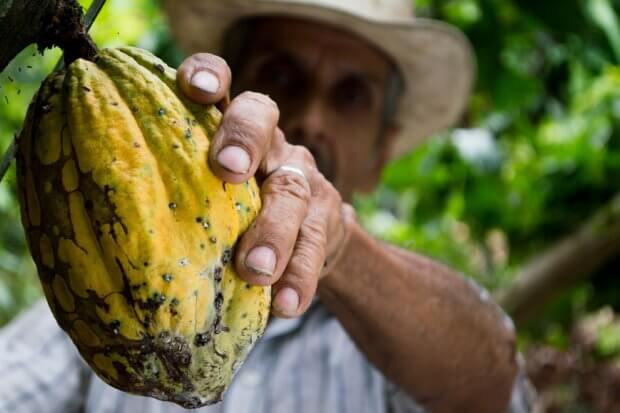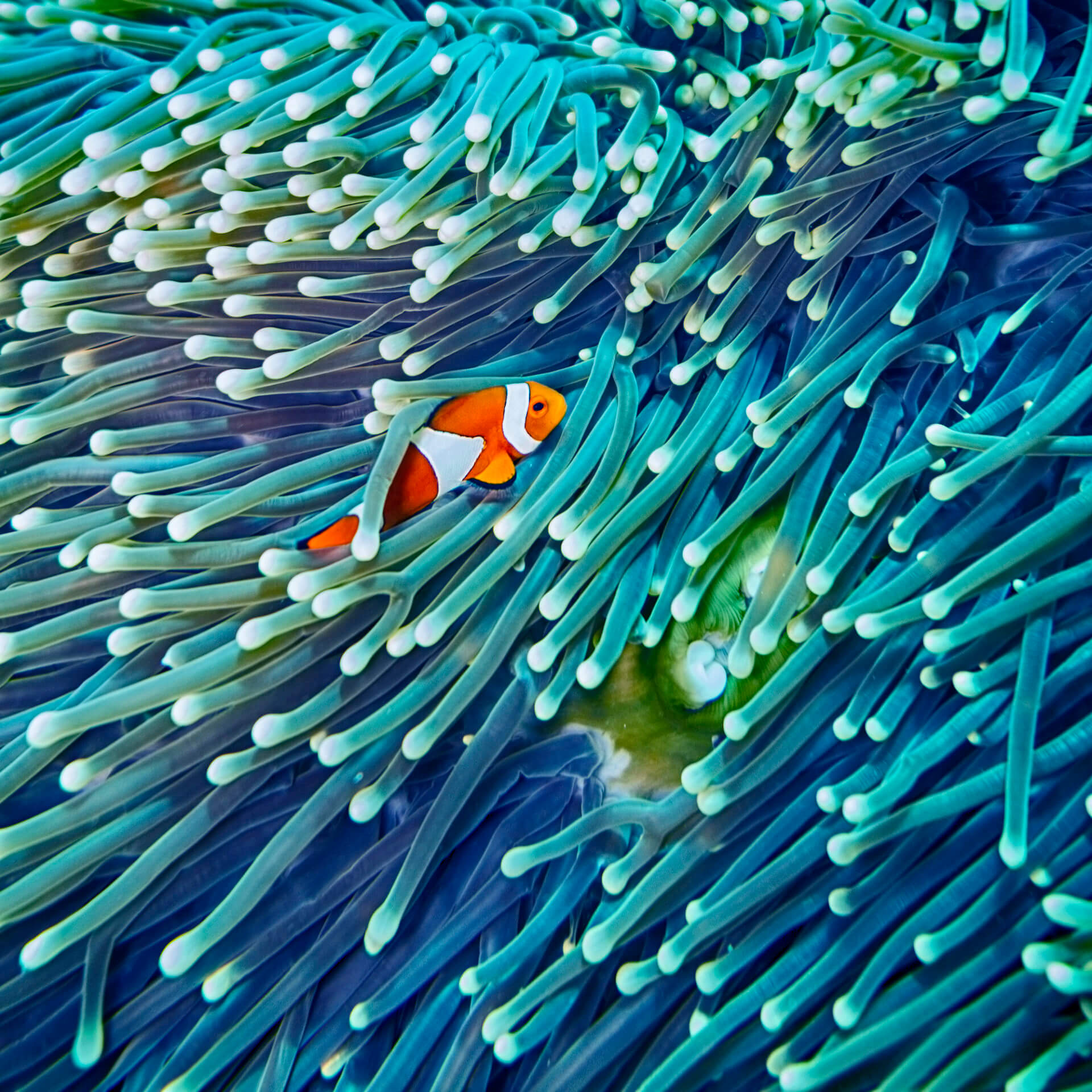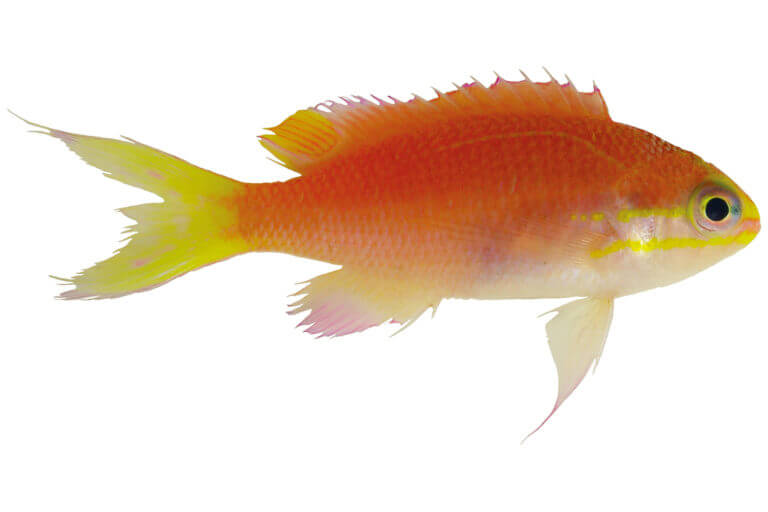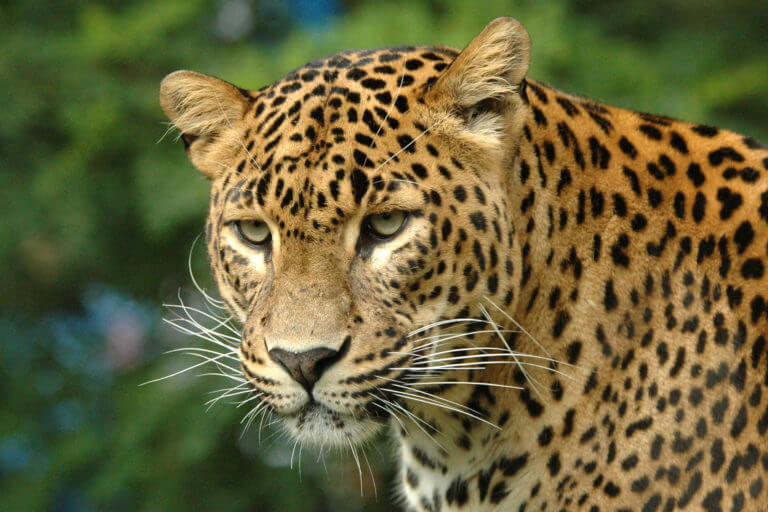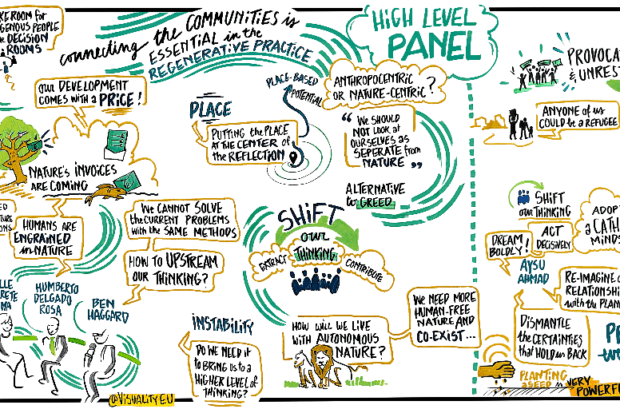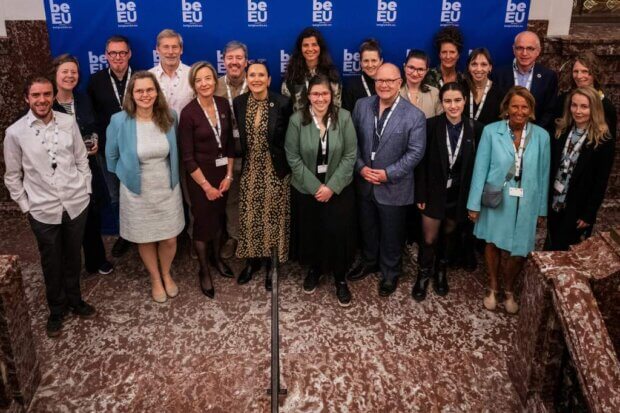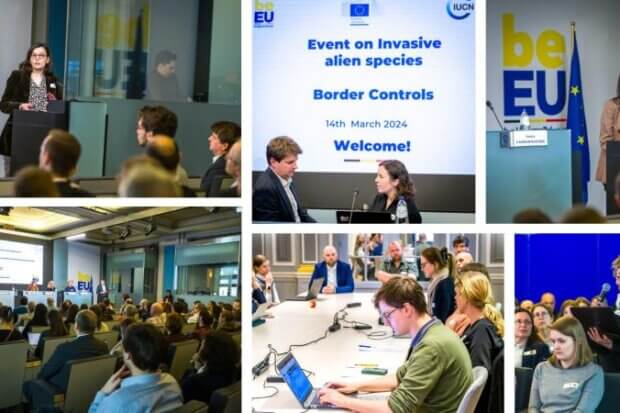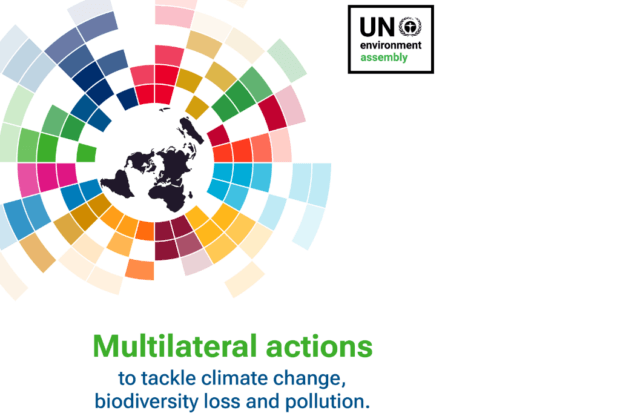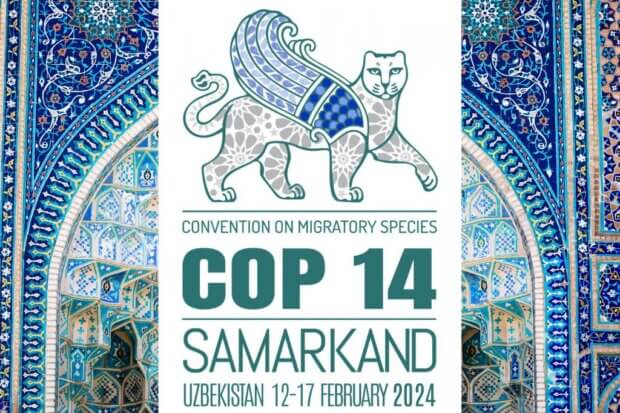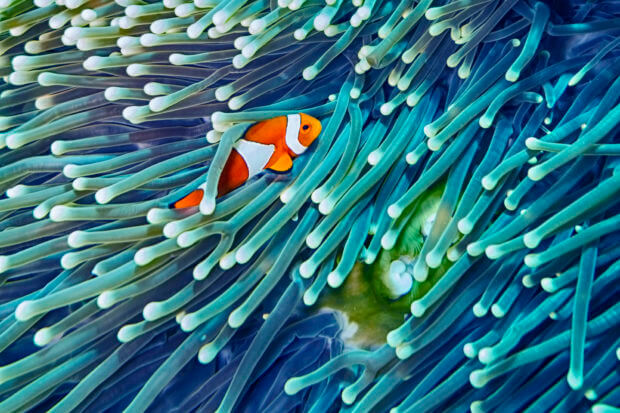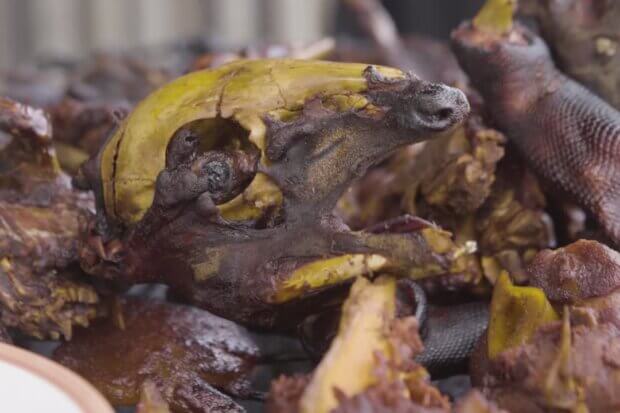
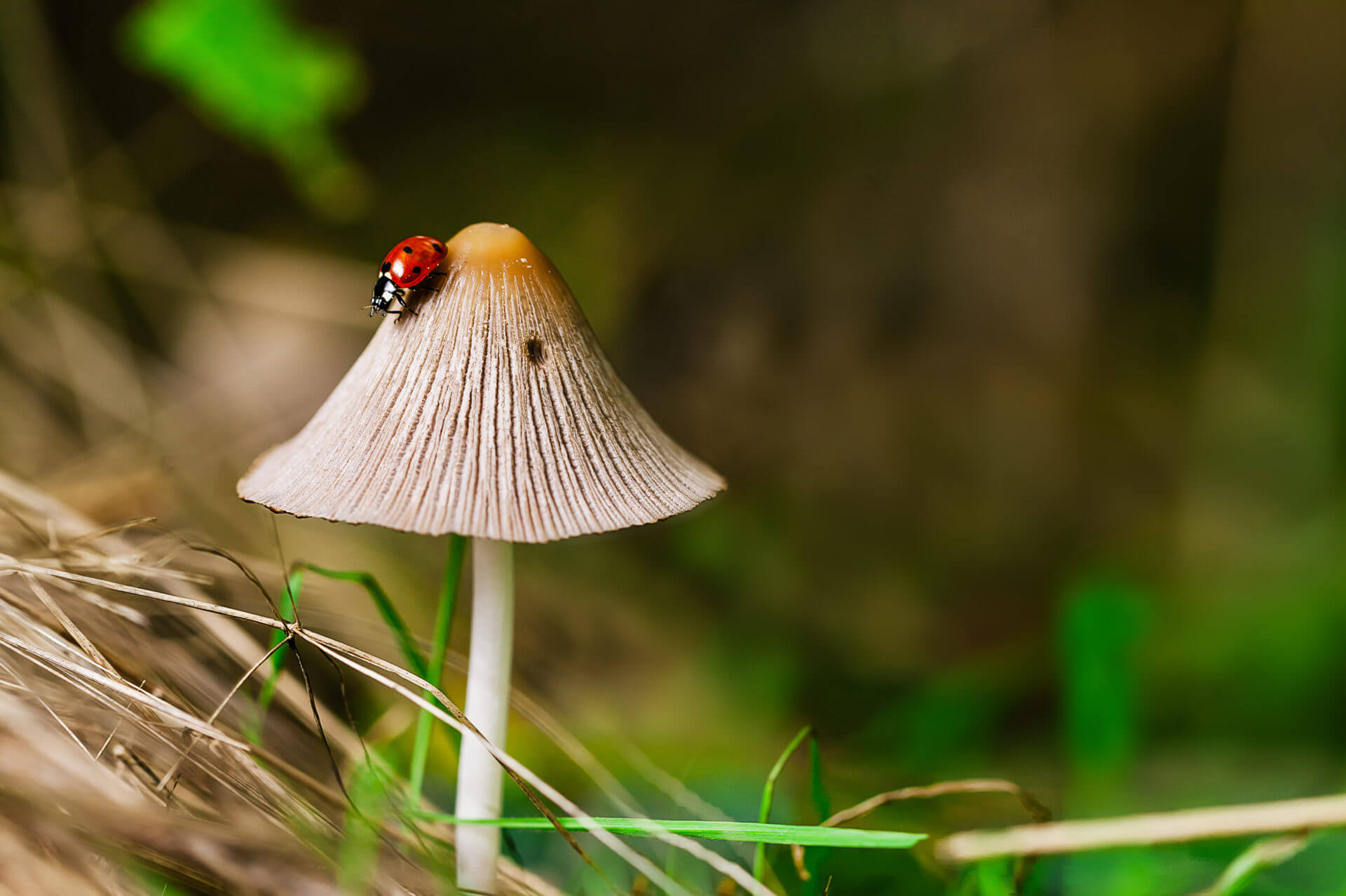
Biodiversity is all around
WHAT IS BIODIVERSITY?
WHAT IS BIODIVERSITY?
Biodiversity is the incredible variety of life on Earth, whether animals, plants, fungi or micro-organisms.
The term comes from the contraction of the words “biology” and “diversity”. Biodiversity in its broadest sense is almost synonymous with life on Earth.
So it is all around us and we are part of it!
Biodiversity on three levels,
from the microscopic to the huge



1For example, the Labrador and the Poodle are two genetic variations of the same species.
2For example, dogs and cats are two separate species.
3For example, deserts, forests and oceans. And what exactly is an ecosystem? Find out by clicking here.
-
Genetic biodiversity
is diversity within a species.
For example, the Labrador and the Poodle are two genetic variations of the same species.
-
Species biodiversity
distinguishes species from each other.
For example, dogs and cats are two separate species.
Learn more about the species -
Ecosystem biodiversity
is the diversity of different groups of (animal, plant and microscopic) species as they interact with each other and with their environments.
For example, deserts, forests and oceans. And what exactly is an ecosystem? Find out by clicking here.
An incalculable variety of species
Calculating the number of species living on earth is complex. There are currently almost two million known and inventoried species, but these represent only a tiny part of the probable total number of species living on the planet. The most optimistic estimates are of up to 80 million different species. What is certain is that the number of species is falling drastically, with scientists all confirming that the current rate of disappearance is much too high.
Biodiversity is not limited to all the species living in a given location. It is also, and primarily, all the interactions between these species.
Click here for a better understanding of how it all works. Click here for a better understanding of how it all works.What does it provide?
How wonderful it is to admire and smell the flowers, listen to birdsong, watch the animals and see the trees changing colours with the seasons?! Biodiversity is a constant source of wonder and inspiration. But what else does it provide us with?
Biodiversity plays an important role in just about every aspect of our lives, from food, health, economy, transport and construction to education, culture and leisure.
These are what we call “ecosystem services” and they are generally divided into four main categories.
Ecosystem services
- Supply
-
- Food
- Raw materials
- Medicinal resources
- Fresh water
- Cultural
-
- Spiritual and religious values
- Aesthetic values
- Leisure and ecotourism
- Mental and physical health
- Regulation
-
- Air quality regulation
- Climate regulation
- Water regulation
- Erosion regulation
- Water purification and waste treatment
- Pest and disease control
- Pollination
- Moderation of extreme events
- Support
-
- Soil formation
- Photosynthesis
- Nutrient cycling
Supply services
Biodiversity provides us with resources that are essential to our everyday lives, such as food, food supplements, medicines, cosmetics, timber, building products and textile fibres.
80% of the world’s population use traditional plant-based remedies on a regular basis (WHO).
Without biodiversity there would be no modern medicine
It is not just traditional medicine that takes its remedies from nature. More than 40% of the molecules commercialised by the pharmaceutical industry contain an active ingredient of biological origin. Of this 40%, 61% comes from plants, 32% from micro-organisms and 7% from animals.

One example is the famous penicillin, the very first antibiotic, made from a fungus called Penicillium.
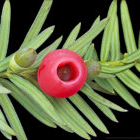
The yew (Taxus baccata) that adorns our hedges contains bacatin, which is used in the treatment of breast and ovarian cancer.
Cultural and social services
Ecosystems offer us a range of benefits. These are cultural and social services and include leisure and tourism, relaxation, artistic creation and spiritual enrichment.

Nature, the best antidepressant
A considerable amount of research around the world has demonstrated nature’s positive impact on our well-being. One study confirmed that regularly observing nature reduces the production of a protein called cytokine in our body. Too much cytokine can lead to health problems such as type 2 diabetes, cardiovascular diseases, arthritis, Alzheimer’s and clinical depression1.
1 Jennifer E. Stellar, Neha John-Henderson, Craig L. Anderson, Amie M. Gordon, Galen D. McNeil, Dacher Keltner. Positive Affect and Markers of Inflammation: Discrete Positive Emotions Predict Lower Levels of Inflammatory Cytokines.. Emotion, 2015; DOI: 10.1037/emo0000033
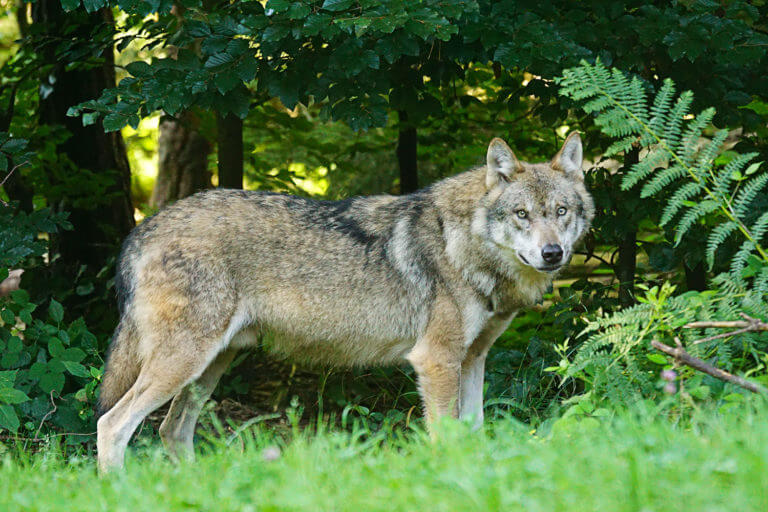
So let's walk in the woods like Little Red Riding Hood,
but watch out for the wolf!
Everyone knows a fable or fairy story set in nature. Nature often plays a key role, whether in the fables of Aesop or La Fontaine, or those of Perrault, the Brothers Grimm or Hans Christian Andersen.
Regulating services
The regulating services include the regulation of climate, disease control, flood prevention, water quality maintenance and waste processing.
One hectare of forest absorbs 70,000 kg of fine dust and toxic elements a year.
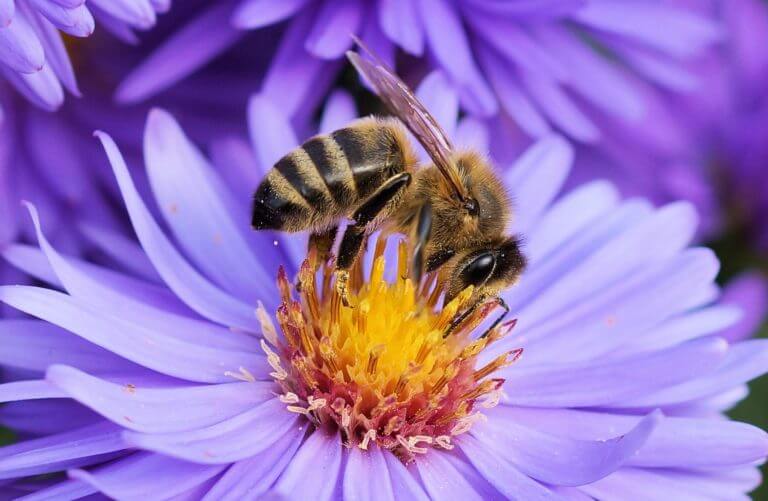
The vital role of bees
Pollination is part of the regulating services. It is an essential element of plant reproduction thanks to the transfer of pollen from the male element of flowers to the female element. This pollination can be performed by the wind or the rain, or by animals. The most efficient pollinators are insects, principally domestic and wild bees. The quantity or quality of more than 75% of the main crops grown for our food depends to various extents on animal pollination.
Support services
Support services are those services required for the production or maintenance of all the other services provided by ecosystems. They include photosynthesis, the production of atmospheric oxygen, soil formation and stability and nutrient cycling. They also provide the habitats needed for the life of each species.
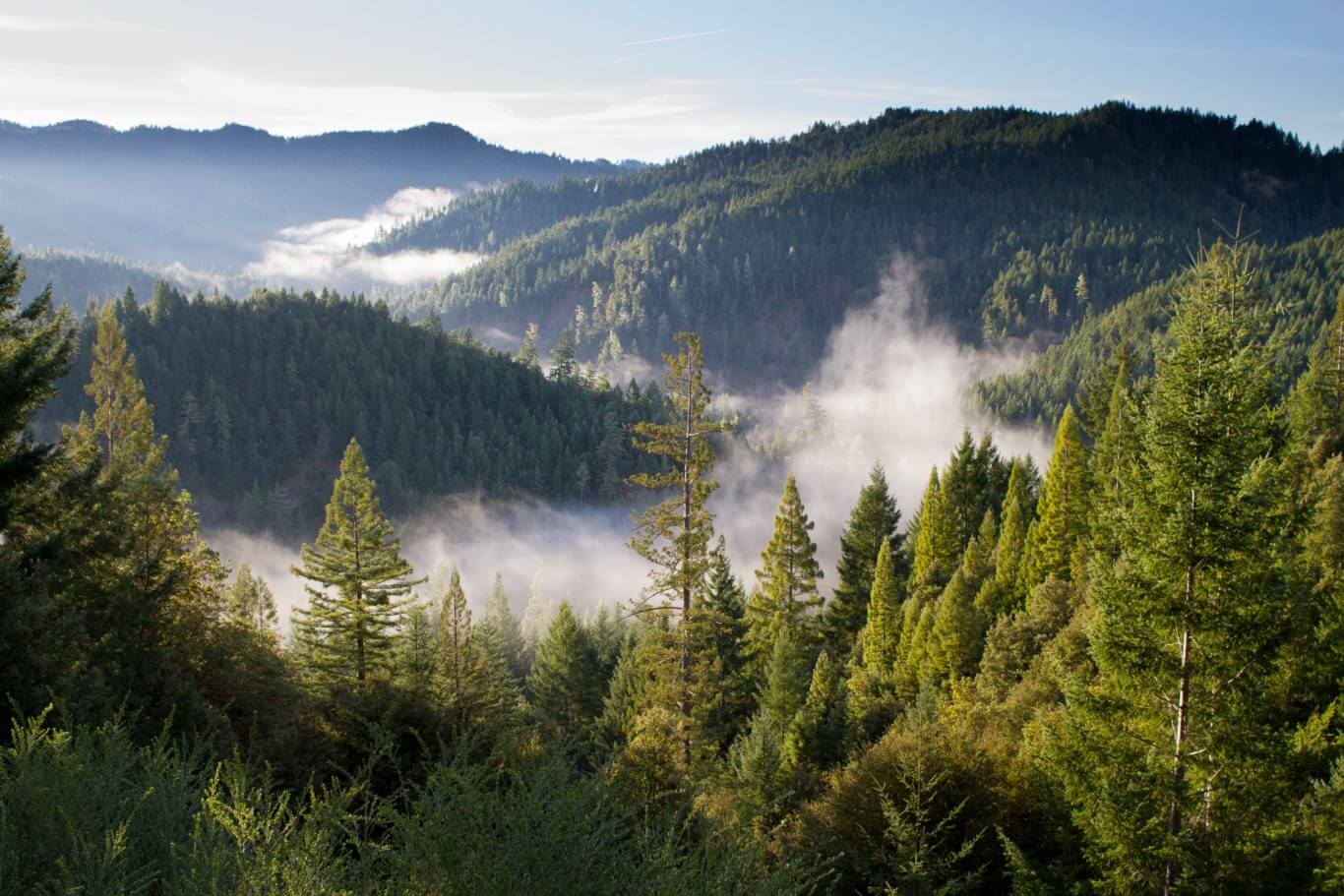
Strength in diversity
Genetic diversity between species and within a species constitutes a vital support service. The resilience of these species and our ecosystems, i.e. our ability to resume normal functioning following a major disturbance, is absolutely essential to human survival on Earth.
Belgium is part of the Nagoya Protocol, an international treaty that aims to use this genetic diversity equitably.


